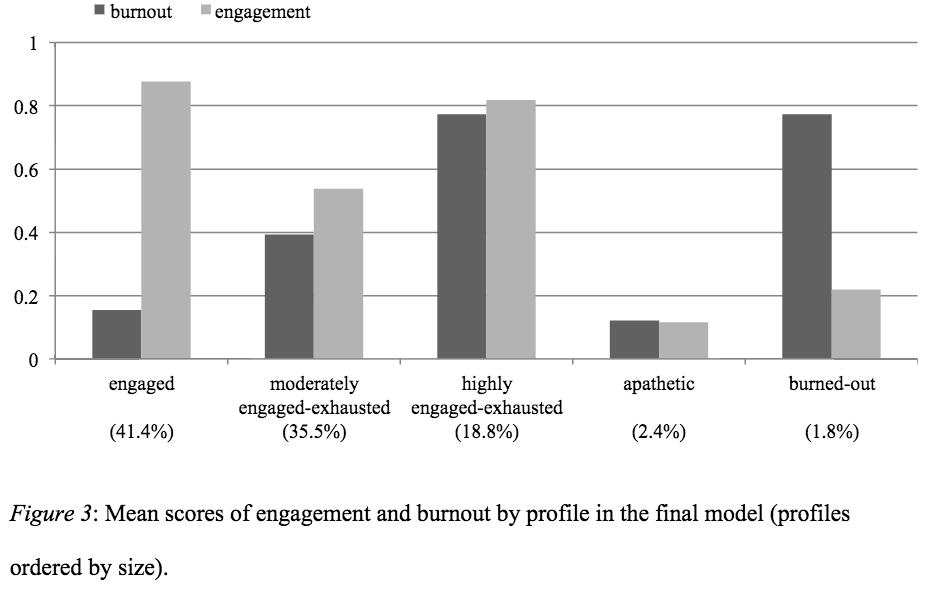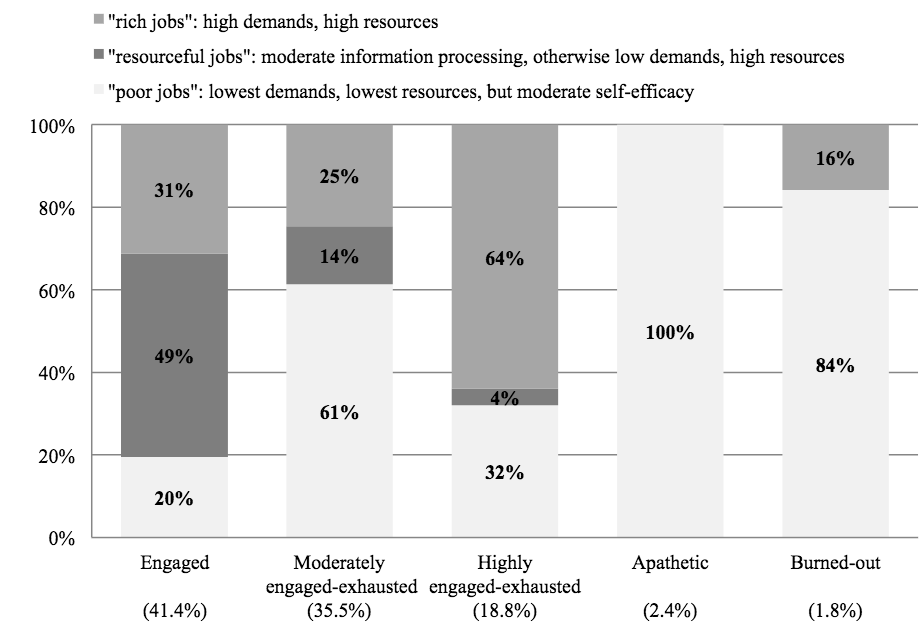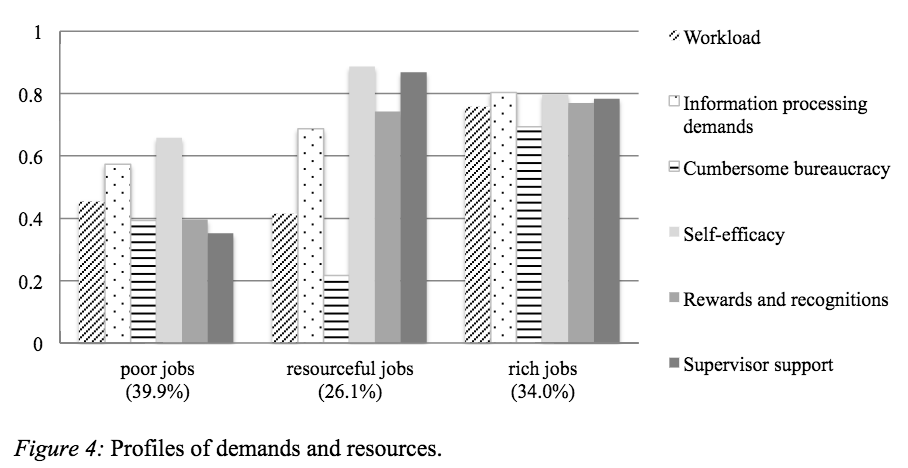Employee engagement is often seen as a purely beneficial experience. Executive leadership touts the benefits, including greater productivity, improved quality of work, increased safety, and higher retention, and human resource professionals spend countless hours enacting programs to improve employee engagement. However, few professionals ask the question of whether employee engagement is always a good thing. Wellable blogged about this topic before, but a new study brings the subject back into the spotlight.
The research, conducted by the Yale Center for Emotional Intelligence in collaboration with the Faas Foundation, examined the levels of engagement and burnout in over 1,000 U.S. employees. In addition to measuring employee engagement, the study sought to measure burnout as well to determine if the often-held belief that highly engaged employees are unlikely to burn out from a position is true. For many, albeit less than the majority, engagement is indeed a purely positive experience, with two out of five employees surveyed reporting high engagement and low burnout. These “optimally engaged” employees also reported high levels of positive outcomes (feeling positive emotions and acquiring new skills) and low negative outcomes (feeling negative emotions or looking for another job). One out of five of those surveyed, however, reported both high engagement and high burnout. For these “engaged-exhausted” employees, intense mixed feelings about work were in conflict. Despite being passionate about their jobs, they reported high levels of interest, stress, and frustration, as well as higher turnover intentions.

Since engagement is not always a net positive, employers would be wise to replace their engagement at any cost strategy with a more nuanced one. Fortunately, the research helps provide some guidance for success. Half of the optimally engaged employees reported having high resources (supervisor support, rewards and recognition, and self-efficacy at work) but low demands (low workload, low cumbersome bureaucracy, and low to moderate demands on concentration and attention). Few of the engaged-exhausted, however, experienced high resources and low demands (4%), while most (64%) experienced high resources and high demands.

This suggests that successful employers will drive engagement with high resources but manage the demands put on employees. A few ways to accomplish this is to work with managers to set realistic goals and expectations, foster relationships in the workplace to improve empathy, and encouraging employees to disengage from work when they are not working.













